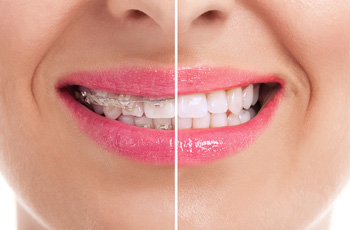
At times, it can be apparent if you need orthodontics, or if somebody you know requires treatment. Other times however, it might be hard to tell. It’s advisable for children to have an initial assessment by age 7; this enables an orthodontist to plan early and direct the permanent teeth properly.
A dentist can tell if you need orthodontic work by examining your dental history, taking your teeth’s plaster model or X-rays. If your dentist proposes orthodontic work, he or she will direct you to an orthodontist who can offer a treatment plan that suits your needs best. Here’s how to tell whether you’re a suitable candidate for orthodontics.
Underbite
You’re said to have this problem when your lower jaw extends further out than your upper jaw. In this instance, your lower jaw teeth rest in front of your upper teeth. If you don’t seek timely treatment, an underbite can cause various other related issues.
Overbite
An overbite resembles an underbite except in this case your upper jaw extends forward than your lower jaw. In this case, your upper jaw teeth rest in front of your lower jaw. At times, your teeth overlap in such a manner that your lower teeth seem hidden, producing a smile that shows fewer teeth and more gums.
Cross-bite
A cross-bite occurs when you don’t treat an overbite and underbite promptly. In a cross-bite, your teeth aren’t aligned properly and can seem disrupted. It’s common for patients with this problem to shift their upper jaw to one side in order to close their mouth and align their jaws correctly.
Crowding
Crowding occurs when your teeth don’t have sufficient room to grow out of your gums in the early development stages. This begins emerging when a child is about 7-10 years old, but could also emerge later in life. It’s one of the common reasons for which people seek braces.
Spacing
Spacing occurs between the teeth for various reasons. One of them is because of a big jaw structure and the teeth have a lot of room to grow out. If you have missing teeth, or if you’ve had any of your teeth taken out in the past, the remaining teeth will typically spread out over time, causing spacing.
If you suspect you need orthodontic treatment, it’s advisable you book a consultation as soon as possible with an orthodontist. We firmly believe in being proactive instead of reactive when it comes to your teeth’s health. It’s also important you take your children for an orthodontic assessment between age seven and nine for early problem detection.
The Best Way to Know if You Need Orthodontics
To receive the most expert advise on whether you need orthodontics, book a consultation with a specialist orthodontist.